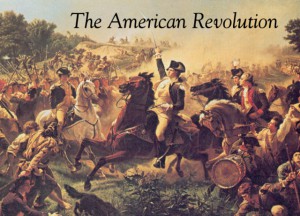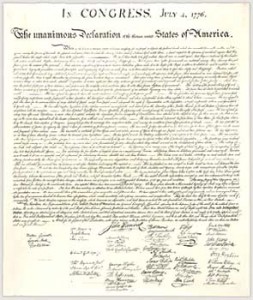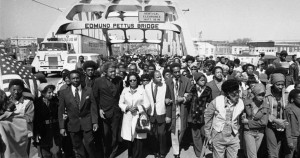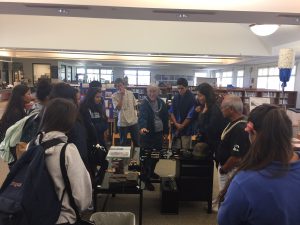 The American Revolution: The War for Independence
The American Revolution: The War for Independence
Introduction: Overview, Attendance, Collect HW, Agenda, Review Essential Question, Objectives, Standards
Enduring Understanding: Disputes over ideas, resources, values, and politics can lead to change.
Essential Question: Why do people rebel?
Objectives:
…know reasons for the growing disagreements between the American colonies and Great Britain.
…the reasons why the American colonies declared independence.
…how the Revolutionary War progressed.
…how the American Revolution changed life for different social groups in the new United States.
Standards:
…Culture (#2)
…Time, Continuity & Change (#2, 4, 8)
…People, Places, and Environments (#8)
…Individuals, Groups, & Institutions(#3)
…Power, Authority and Governance (#10)
…Civic Ideals and Practices (#2, 4)
Vocabulary: Define each word listed and explain its importance with regard to The American Revolution: equipped, objective, guerrilla warfare, morale
Reading: Jigsaw reading activity Chapter 2 Lesson 3
Sharing/Discussion of reading
Drawing Interpretation Assignment:
—Looking back at what you learned, you will create a drawing (in color) of your interpretation of the Revolutionary War.
—On the back of your drawing, you will include a 3-5 sentence summary of your drawing.
—All drawings will be shared in class tomorrow.
Homework: Finish drawing…due tomorrow; Newsela due Thursday.






